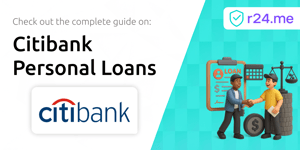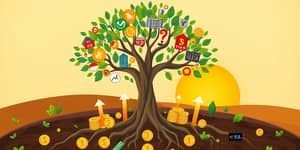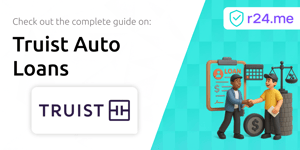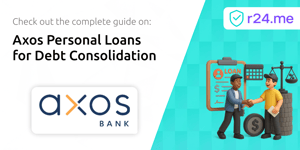
Achieving financial independence can feel like climbing an insurmountable peak, yet with the right roadmap, the journey becomes clear and manageable. This article lays out the core principles, formulas, and actionable steps to build sustainable wealth and live life on your own terms.
By embracing a systematic approach, you’ll transform aspirations into measurable milestones, moving steadily toward a point where passive income exceeds your expenses.
At its essence, financial freedom or independence is reached when your assets generate enough income to cover your spending without requiring active labor. This pivotal state means you work because you want to, not because you have to.
The central tenet can be expressed simply: if your passive income (from investments, real estate, or businesses) surpasses your living expenses, you have achieved independence.
The core equation that underpins the FI/RE movement is:
Passive Income ≥ Living Expenses
To quantify this, financial planners often calculate your Financial Freedom Number (FFN), representing the investment portfolio size needed to sustain your lifestyle indefinitely.
Determining your FFN involves two main steps:
For example, with $48,000 in yearly costs, your FFN = $48,000 / 0.04 = $1,200,000. This assumes a sustainable withdrawal rate based on historical returns.
Conservative planners may choose a 3.5% or 3% withdrawal rate, adjusting the formula accordingly.
Reaching financial freedom involves progressing through four key phases. Each builds on the last, creating momentum and confidence.
Each phase carries specific tasks and mindsets that drive you closer to your target number and sustainable cash flow.
Foundational Phase: Success begins in the mind. Develop clarity by listing life goals—desired lifestyle, target investment sum, and timeline. Cultivate positive financial habits by tracking every expense for at least three months to build awareness.
Strategy & Planning Phase: Create a detailed budget that categorizes essentials, non-essentials, and waste. Establish an emergency fund covering 3–6 months of expenses. Attack high-interest debts relentlessly to remove financial drag.
Execution Phase: Prioritize acquiring income-generating assets. Real estate rentals, dividend-paying stocks, index funds, and digital businesses can all fuel passive income streams. Automate contributions to these assets to ensure consistency.
Acceleration & Optimization Phase: Once your asset base is growing, look for ways to boost returns and cut expenses further. Seek promotion or side hustles to raise income. Negotiate bills, embrace minimalism, and leverage tax-advantaged accounts for added efficiency.
These rules provide guardrails but should be adapted to personal risk tolerance and market conditions.
Even with a solid plan, psychological and behavioral traps can emerge. Lifestyle inflation, impulse purchases, and lack of financial literacy often slow progress. Combat these by embracing long-term focus and delayed gratification, celebrating small milestones, and seeking accountability via financial communities or mentors.
Regularly review your budget and net worth. Adjust strategies if investment returns underperform or expenses rise unexpectedly.
Once you’re comfortable with the core formula, consider advanced tactics to accelerate freedom:
These approaches demand higher complexity but can drastically reduce the time to reach independence.
Ultimately, achieving financial freedom is both a technical and emotional journey. By combining clear calculations with disciplined execution and a resilient mindset, you can reach the pivotal moment when your assets work for you and unlock a life of choice and purpose.
Begin today by defining your goals, crunching the numbers, and taking the first concrete steps toward building your personalized Financial Freedom Formula.
References













